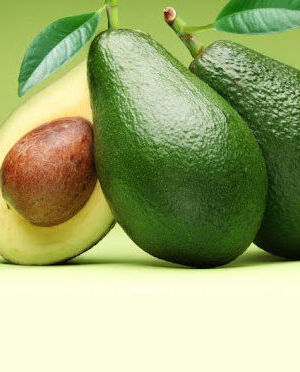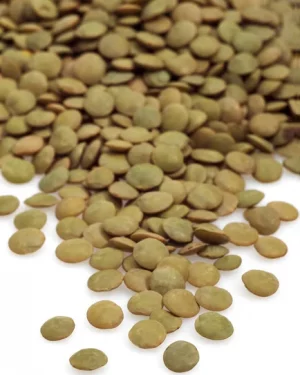Yam / arouille is the modified stem or tuber of a tropical vine called Dioscorea batatas. Even if they look very similar to sweet potatoes, they are completely different species and are not related. These tubers grow in subtropical climates such as Africa, South America and the Caribbean and are found used in cuisines around these areas. Yams / arouille are very starchy and not very sweet unlike sweet potatoes. They taste more like potatoes and yuca (also referred to as cassava or manioc) than sweet potatoes. They have a more cylindrical shape with a rough, scaly skin that’s brown having the appearance of a tree bark.
Benefits
- May enhance brain function
Consuming arouille / yams may boost brain activity. During a 12-week study, people who took yam extracts supplements had a higher score in a brain function test than those who did not. Yam contains a unique compound named diosgenin, which has been found to promote neuron growth and enhance brain functions.
- May reduce inflammation
Yams contains antioxidants that may help reduce inflammation. Conditions such as chronic inflammation is linked to an increased risk of various conditions, such as heart disease, diabetes and obesity. Consuming anti-inflammatory foods, such as arouille / yams can help manage chronic inflammation.
- May have cancer-fighting properties
Yams provide multiple antioxidants that may have anticancer properties. During an animal study, animals that were exposed to a yam rich diet had their chances of developing colon tumors reduced. These effects were associated with the antioxidants present within these tubers.
Uses
Yams / arouille are used differently in different part of the world. They can be eaten after being cooked by frying, boiling or roasting. They can also be used to produce flour or starch.
How to store
Yams / arouille are best stored in a dark cool and dry space. If they are ever in a humid environment they can go bad.










Reviews
There are no reviews yet.